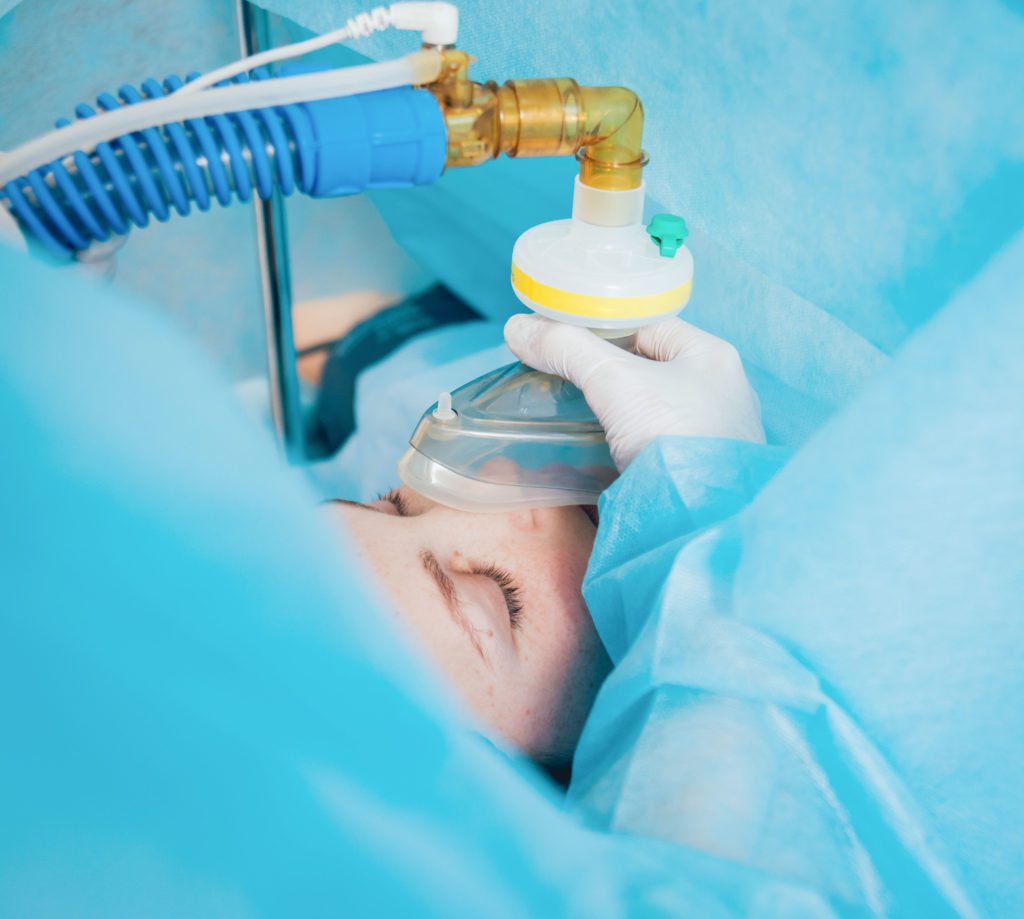Let’s be honest, we’ve all had those dreadful moments where we anticipate a big procedure. Whether it had to do with your wisdom teeth, some stitches, or anything else, there’s always those moments leading up to it where many of us get anxious and even panic. We have served as the areas leading Virginia Beach Sedation Dentistry for over 20 years, providing many options for sedation to our patients.
A lot of these procedures require the use of sedatives to calm the patient or put them to sleep. And unfortunately sedatives and sedation dentistry have gotten quite the bad rep despite their pain-less nature and practicality.
When someone usually mentions sedation, what comes to mind is often things like major procedures, being put to sleep, not remembering anything, and waking up at a hospital or dentist. While yes many of these situations can tend to be the case, most people don’t understand there are several levels of sedation and the field is much broader than you may think.
Sedation can include a variety of things from inhaled gases to general anesthesia, that can be used in a variety of procedures, including sedation dentistry.
Types of Sedation Dentistry
So what exactly is sedation dentistry and when can it be used? To dive into this question we must first begin to look at the several different types of sedation dentistry techniques. Sedation dentistry is an extremely broad category and several of the techniques require very different materials and approaches.
Laughing Gas
The infamous Laughing Gas (also known as Nitrous Oxide) is a form of sedation dentistry optimized to relax patients. Laughing gas is quick and painless but because it’s a gas and because you’re breathing it in, it can wear off relatively quickly once you stop inhaling it. Laughing gas isn’t as potent as other sedatives and because it doesn’t put you to sleep or have any lasting effects, you will be able to drive home after any procedure. Which makes it an extremely convenient, low risk sedative for dentists.
Laughing gas is used by attaching a small mask called a nose apparatus through which you will breathe the nitrous oxide. The onset of the laughing gas effects will kick in quickly but are very mild. Each patient will respond to treatment differently. Some patients only require the laughing gas and do not need additional sedatives while other patients will use laughing gas on top of other sedatives as well.
Oral Sedation
Often referred to as “conscious sedation”, oral sedation involves a patient taking a prescribed dosage before a procedure. The specifics of when, what type, and how many pills you take vary depending on the nature of your situation and what your doctor and/or dentist has recommended. You might take a pill the night before and a pill before your procedure or you might just take a solitary dosage before your procedure.
Patients will still be awake during the procedure but will be significantly more relaxed. This is a method usually optimized for patients with higher anxiety levels and for patients who aren’t a fan of shots or being put under.
Although the patients will remain awake during the procedure, oral sedatives will still typically leave you in a hazy state. Patients often report not remembering much of the events after taking the prescribed medicine.

IV Sedation
Last but certainly not least we have IV sedation. IV sedation however can refer to a few different types. The first type is known as “twilight” in which the patient is conscious but sedated to the point where they are not very aware of their surroundings at all. “Twilight” procedures leave a patient feeling very “loopy” and more often than not they will not remember much of what happens. As mentioned before the patient is not fully unconscious and the dentist can and will wake you up at anytime if need be.
The other go to option is general anesthesia. This method is probably the most uncommon of all the procedures but is nonetheless very effective when optimized. This is usually reserved for patients that require a significant oral surgery or for patients who aren’t compatible for alternative methods. With general anesthesia the patient is made completely unconscious. As a result this method is only optimized by experienced professionals and under very controlled circumstances. Dr. Leidy has been the leading dentist at our Virginia Beach Sedation Dentistry and has carried out thousands of procedures using IV Sedation.
Dentistry Made Easy
With more understanding of the processes that go into it, sedation dentistry becomes much less scary and you’ll find yourself thankful that it’s methods have been developed at all. One must realize the invaluable contribution sedative technologies have to not just dentistry but the medical field as a whole.
For a significant portion of history, patients in Virginia Beach and all around the globe could not get the critical dental care they needed because of their own fear and anxiety. However back then fear and anxiety were a little more justifiable considering there weren’t any real effective methods to address the pain for some procedures.
Dating all the way back to several thousand years ago there was barely any technology developed to address pain and often times people would operate with sharp objects and do painful things such as remove teeth with absolutely no sedatives or medicine at all.
Ancient Dental Practices
To the shock of many people, dentistry and sedation have been around for much longer then you may think. Although ancient techniques and methods were different in those days, we’ve seen evidence of ancient settlements utilizing bead making strategies to perform dental surgeries. Late studies have demonstrated that these dentistry procedures have gone back to as far as 3500 B.C. Scientists looking at Mehrgarh, Pakistan have discovered drill holes in a few molars of the ancient skeletons found in the zone. There was no proof of any sedation or fillings made, but the tooth wear suggests that the patients lived on after the techniques. This is a example of the earliest evidence of dental techniques that we are aware of and there have been no instances of any tooth penetrating later then 4500 B.C.
Can you imagine a world without sedatives? Imagine going to get a bad tooth removed only to have the dentist just go in there and rip it out with pliers and nothing else. I bet sedation dentistry sounds like a walk in the park now!

Summary
At our office, patients don’t have to worry about painful procedures, as all of our treatments are done in-house at our Virginia Beach Sedation Dentistry. We optimized sedation dentistry as best as we can because we believe in making dental procedures and easy and painless as possible. We are very thankful to live in a time where technology allows us these pain-less options for procedures and we hope to optimize them as best as possible for the well-being of our patients. For more information on the field of sedation dentistry check out our in-depth editorial on The History of Sedation Dentistry.

